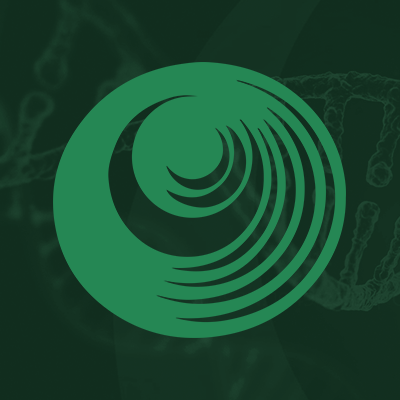Research Papers:
The SCD1 inhibitor aramchol interacts with regorafenib to kill GI tumor cells in vitro and in vivo
PDF | Full Text | Supplementary Files | How to cite | Press Release
Metrics: PDF 1965 views | Full Text 2433 views | ?
Abstract
Laurence Booth1,*, Michael R. Booth1,*, Jane L. Roberts1, Yang Yue1, Emily Kinsey2, Andrew Poklepovic2, David Boone4, L. Ashley Cowhart1, Allen Baharaff3 and Paul Dent1
1 Department of Biochemistry and Molecular Biology, Virginia Commonwealth University, Richmond, VA 23298, USA
2 Department of Medicine, Virginia Commonwealth University, Richmond, VA 23298, USA
3 Galmed Pharmaceuticals, Tel Aviv 6578317, Israel
4 Indiana University School of Medicine and University of Notre Dame, South Bend, IN 46556, USA
* Equal co-authors
Correspondence to:
| Paul Dent, | email: | [email protected] |
Keywords: macroautophagy; flux; ER stress; aramchol; regorafenib
Received: April 29, 2025 Accepted: July 31, 2025 Published: August 19, 2025
ABSTRACT
The anti-tumor actions of the Stearoyl-CoA desaturase (SCD1) inhibitor aramchol in tumor cells remains poorly understood. Aramchol interacted with the multi-kinase inhibitors sorafenib, regorafenib or lenvatinib, to kill GI tumor cells, with regorafenib exhibiting the greatest effect. In HCT116 cells homozygous for the autophagy-regulatory protein ATG16L1 T300, aramchol and regorafenib interacted to activate ATM and the AMPK and to inactivate mTORC1 and mTORC2. As a single agent, regorafenib inactivated eIF2α and it combined with aramchol to elevate GRP78 expression. In HCT116 cells expressing the ATG16L1 A300 isoform the drug-induced dephosphorylation of mTORC1 S2448 and mTORC2 S2481 and the increased phosphorylation of eIF2α S51 were significantly lower than in T300 cells. In cells expressing ATG16L1 T300, but not A300, regorafenib and/or the drug combination inactivated AKT, ERK1/2 and p70 S6K. Regorafenib and aramchol interacted to cause formation of autophagosomes which was significantly greater in cells expressing ATG16L1 T300. Aramchol as a single agent did not stimulate autophagic flux but further enhanced both flux and autolysosome formation caused by regorafenib. Knock down of Beclin1 reduced the lethality of regorafenib and aramchol as single agents and when combined whereas knock down of LAMP2 or BID did not reduce killing caused by aramchol as a single agent but did reduce the lethality of regorafenib alone and regorafenib plus aramchol. In vivo using the HuH7 adult hepatoma cell line, regorafenib and aramchol interacted to suppress tumor growth without normal tissue toxicities.
 All site content, except where otherwise noted, is licensed under a Creative Commons Attribution 4.0 License.
All site content, except where otherwise noted, is licensed under a Creative Commons Attribution 4.0 License.
PII: 28762
